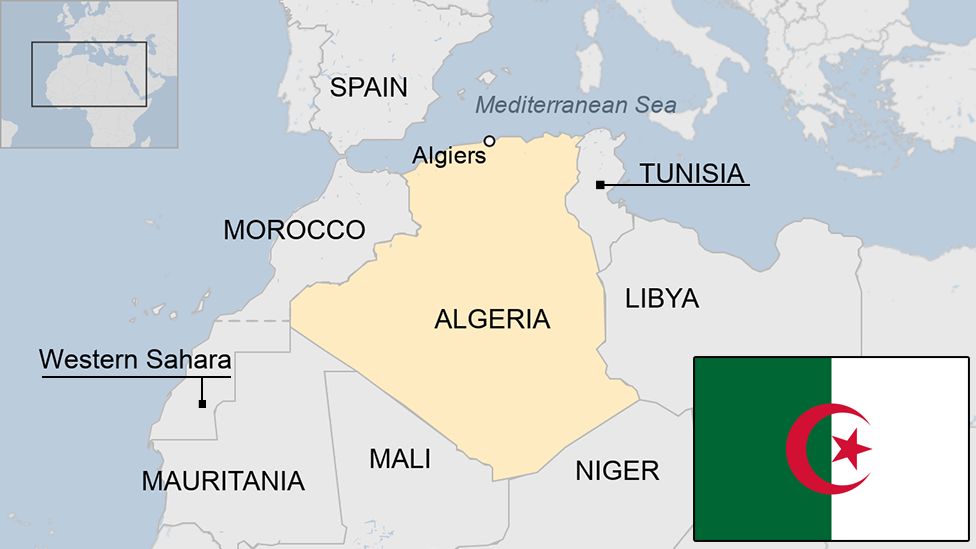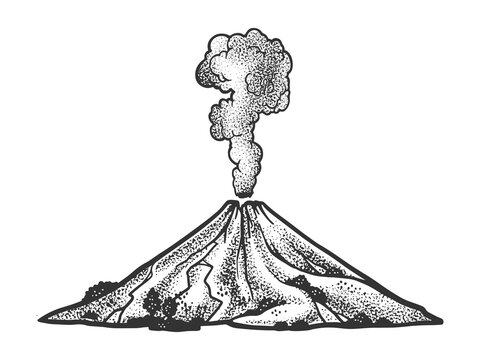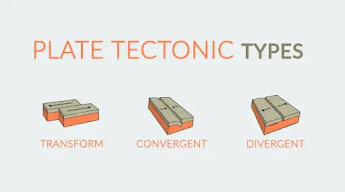Volcanic Activity in Algeria
by Laurel Bowen - Week 5 Blog Post for Geology 9 with Ana Garcia Garcia

According to Think Hazard, Algeria's volcanic hazard risk is very low, but there are still volcanoes located in Algeria. Many of the volcanoes in Algeria are considered extinct or dormant, meaning they are not currently active. The Hoggar Mountains, also called the Ahaggar Mountains, are in the south of Algeria. In the past, this area had volcanoes, and you can see old volcanic structures and lava flows in the landscape. Tassili n'Ajjer, found in southeast Algeria, is a big flat area known for cool rocks and ancient rock art. Even though there are no active volcanoes there now, you can still find rocks from past volcanic activity in some places. The Tell Atlas is a group of mountains in the north of Algeria, running along the coast. While it doesn't have many volcanoes, this region has had movements in the Earth's crust and shaking events called earthquakes. The northern part of Algeria, especially along the Mediterranean coast, doesn't usually have volcanoes. Instead, it often has shaking from the Earth's plates moving around. The Smithsonian Institution National Museum of Natural History Global Volcanism Program's website states that there are three Holocene volcanoes, meaning volcanic structures or landforms that have formed during the geological time period that began around 11,700 years ago and continues to the present day. There are also three Pleistocene volcanoes, meaning having volcanic activity that occurred about 2.6 million to 11,700 years ago.
 |
| Hoggar Swell, Algeria |
“Natural Disasters (New Version Coming Soon).” Open Geography Education, www.opengeography.org/natural-disasters-new-version-coming-soon.html. Accessed 23 Feb. 2024.
Think Hazard, thinkhazard.org/en/. Accessed 23 Feb. 2024.









